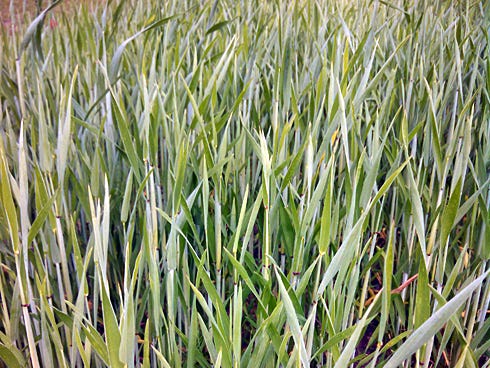
Using cool-season forage is an economical option for livestock feed in the winter and early spring. These forages are usually higher in crude protein and total digestible nutrients.
Our area's cool-season forages include ryegrass, clovers, Austrian winter peas, vetch and cereal grains such as rye, oats, wheat and triticale.
A clean-tilled seedbed is desirable to establish cool-season forages. Over-seeding can be effective if done properly.
First, remove excess warm-season forages, such as bahiagrass and bermudagrass, as hay or by grazing. Disc bahiagrass pastures to 30 percent disturbance. Bermudagrass pastures require a pasture drill or no-till drill to plant cool-season forages.
Clovers tend to prefer a heavier clay soil, but white clover mixed with ryegrass can be established on flatwood sandy soils. Legumes such as clovers require correct inoculants on the seed.
Cool-season grasses include small grains and ryegrass. These are higher in nutrients than our warm-season grasses. They provide green forage during most months that our warm-season grasses are dormant.
—
WHAT: Cool Season Forages Field Day
WHEN: 3-7 p.m. April 16
WHERE: University of Florida's Institute of Food and Agricultural Sciences Extension Office, 3098 Airport Road, Crestview
COST: $10; meal included.
CONTACT:http://okaloosa.ifas.ufl.edu/ag/, 689-5850 or email bearden@ufl.edu.
This article originally appeared on Crestview News Bulletin: EXTENSION: Here's a hay alternative for livestock feed
